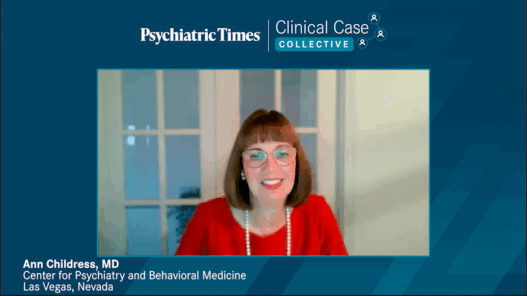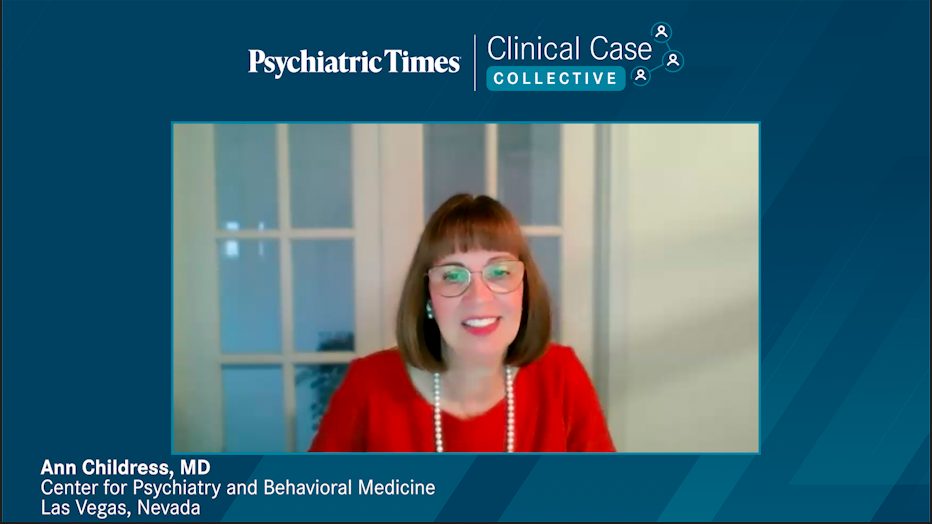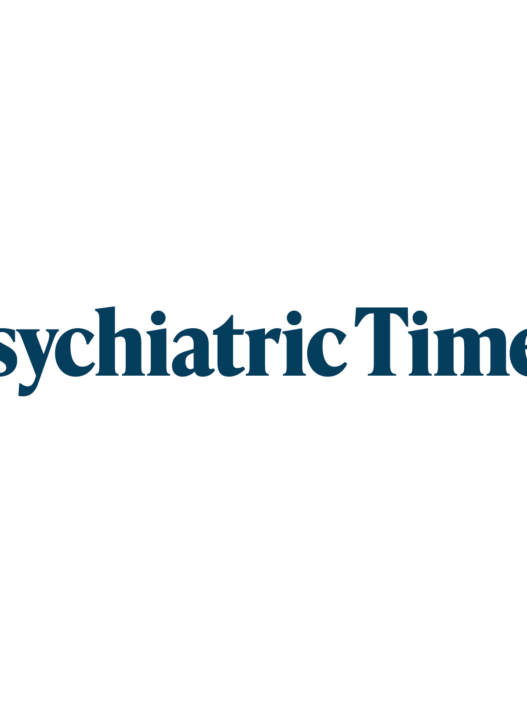Video content above is prompted by the following:
ADHD in Pediatric Populations
ADHD Overview
- ADHD is characterized by a pattern of inattention and hyperactive, impulsive behavior that interferes with functioning and development
Epidemiology
- Affects approximately 10.5% of US children aged 3 to 17 years
- Prevalence increases with age and is highest in adolescents 12 to 17 years (15.5%)
- Gender disparity: 13.3% of boys vs 7.5% of girls
Clinical Presentation
- Inattention symptoms: frequent distraction, forgetfulness, disorganization, inability to follow instructions or complete tasks
- Hyperactivity/impulsivity symptoms: constantly “on the go,” impatience, disruptive behavior, excessive talking, potentially dangerous activities (example given of 4-year-old child climbing onto roof)
Etiology
- Strong genetic component (described as “heritable as height”)
- Associated risk factors:
- Idiopathic epilepsy
- Visual and hearing impairment
- Prematurity
- Prenatal exposure to smoking
- Very low birth weight
- Traumatic brain injury
- Reduced behavioral inhibition
Upcoming Content
- Treatment options for pediatric ADHD
- Best practices for transitioning ADHD management from pediatric to adult care
- Emerging therapies for ADHD



